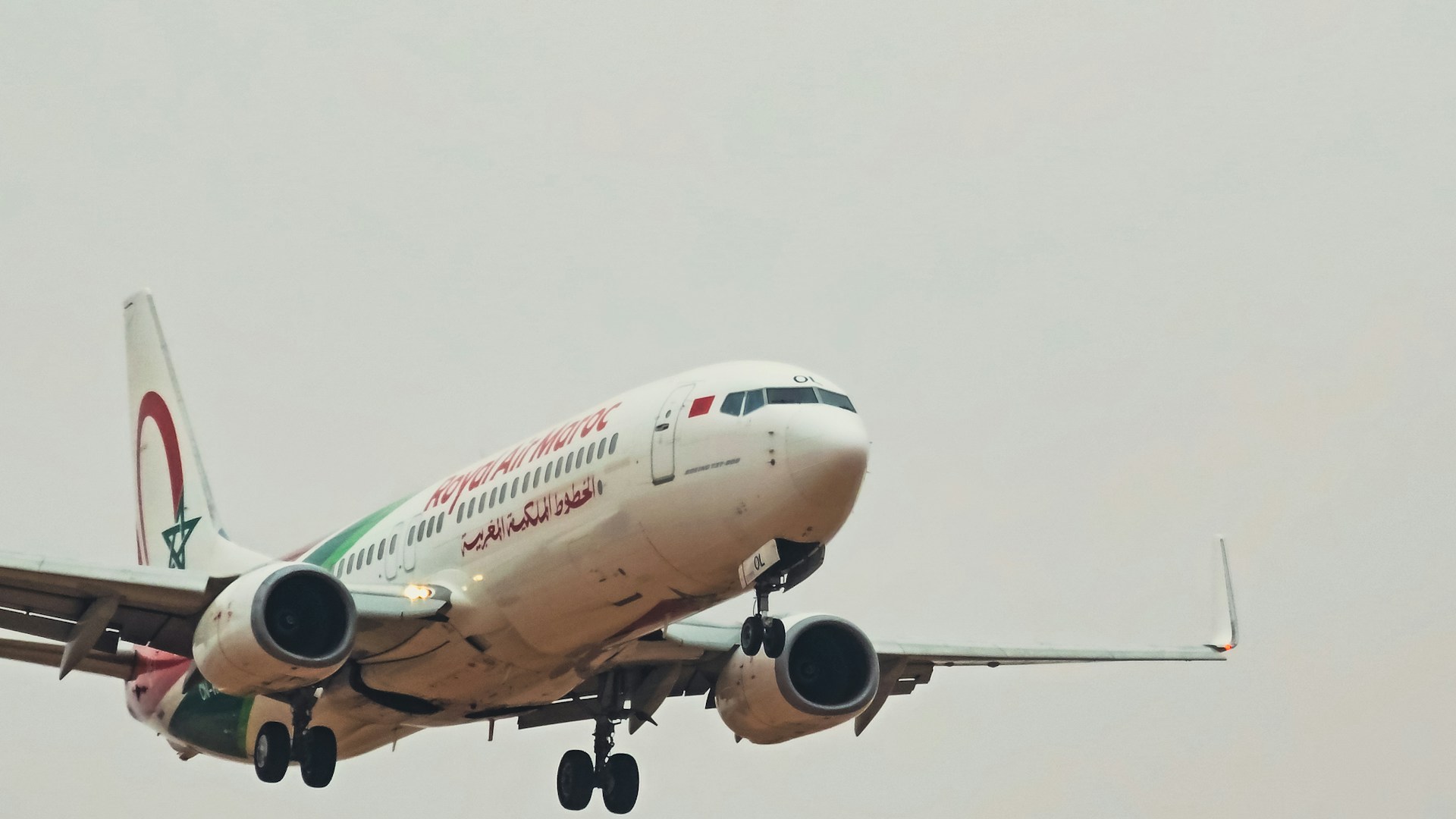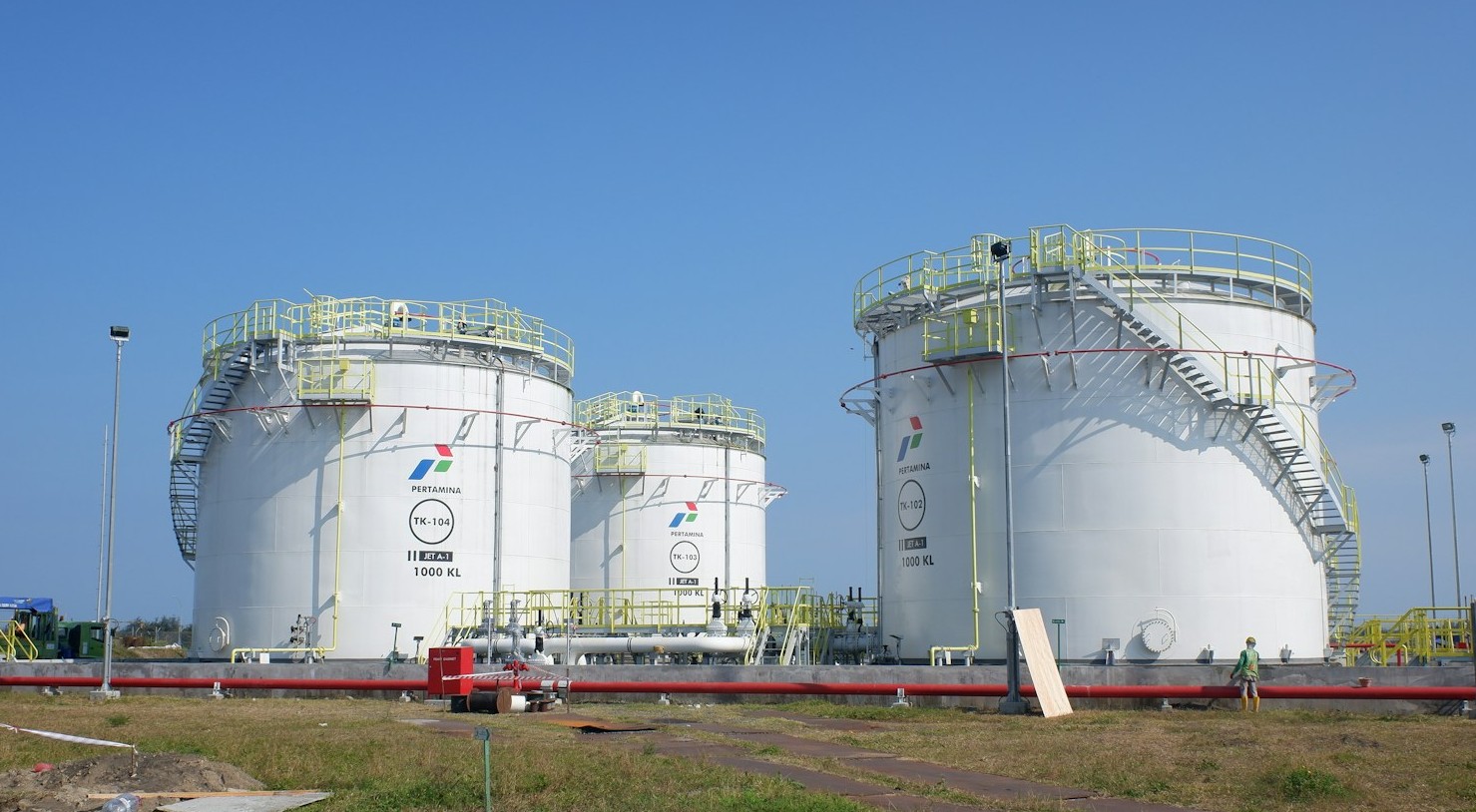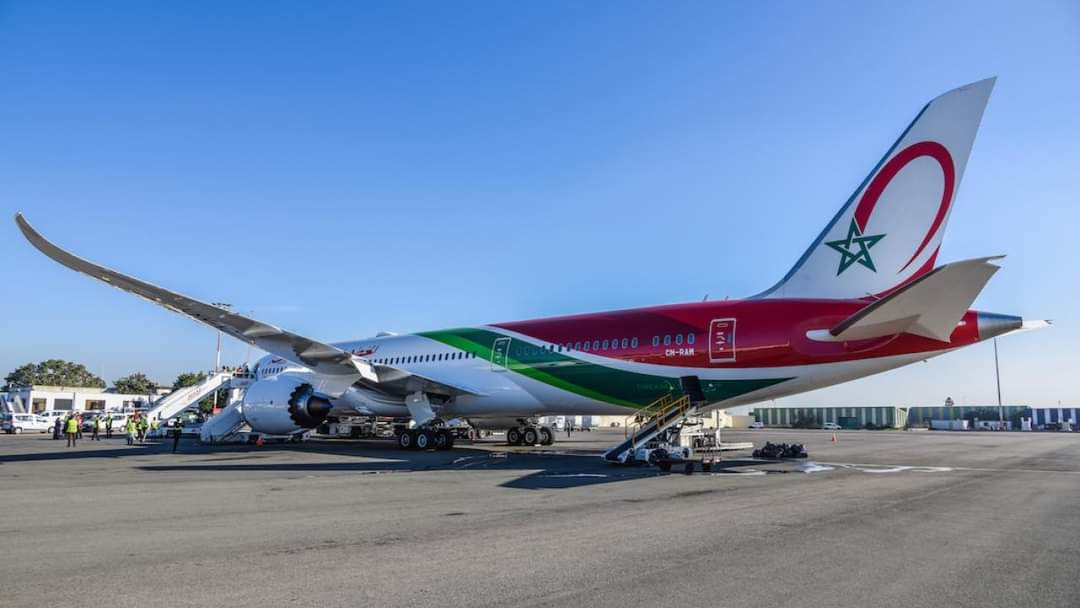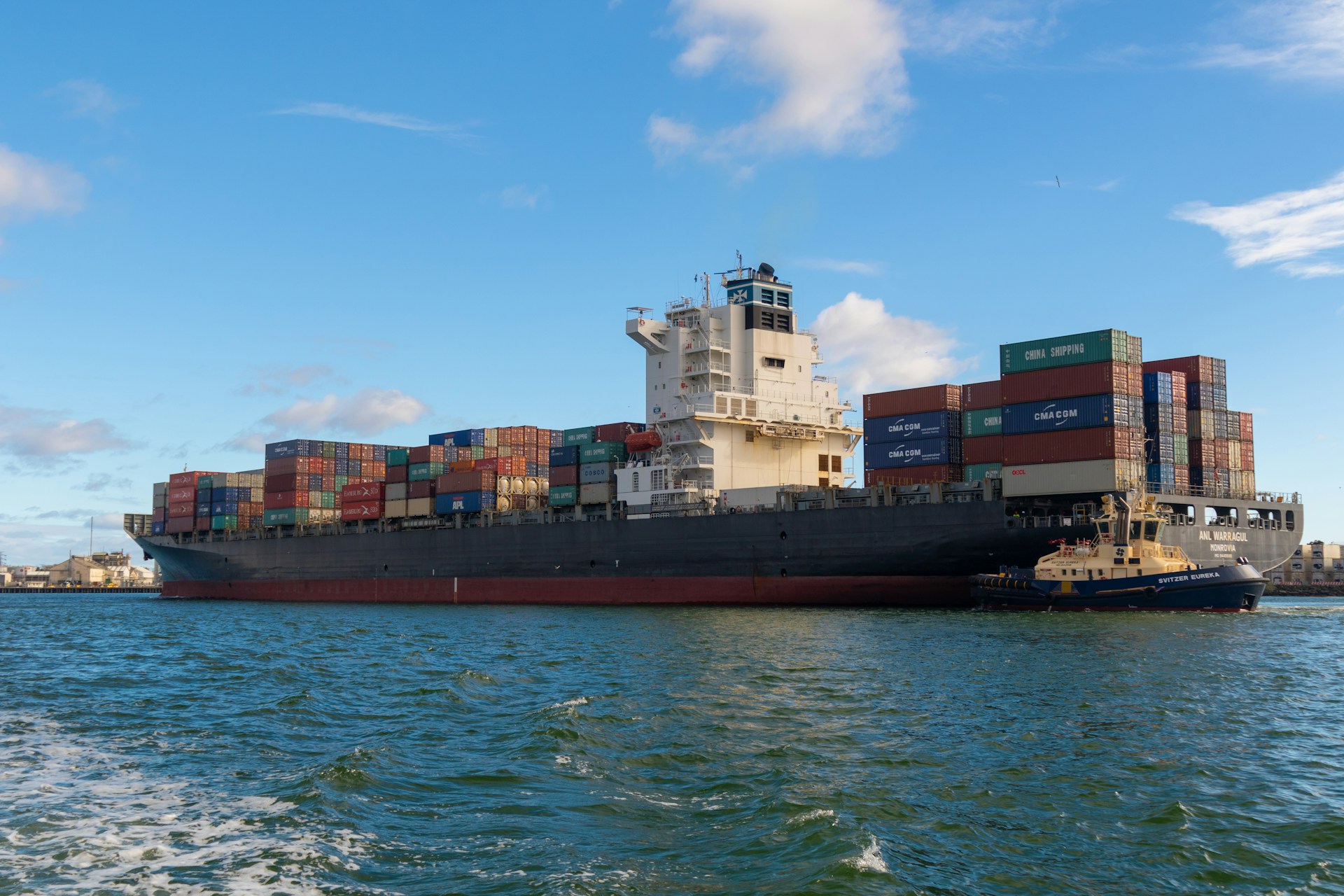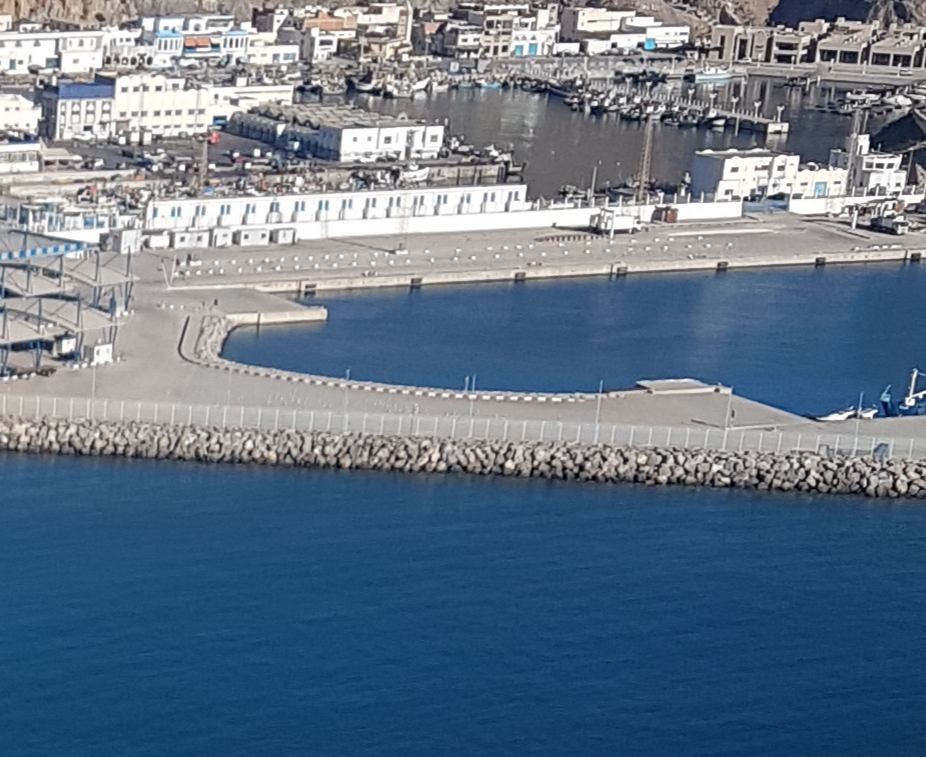Casablanca – Morocco’s ambitious plan to upgrade and expand its airport infrastructure has received a major boost from the African Development Bank (AfDB), which has approved $288 million in financing to support the Airport Infrastructure Expansion and Modernization Program (PEMIA). The program, led by the National Airports Office (ONDA) in partnership with the Moroccan government, represents a total investment of about $942 million and aims to strengthen Morocco’s position as a leading air transport hub between Africa, Europe, and the Middle East.
The initiative comes at a crucial time as Morocco prepares to co-host the 2030 FIFA World Cup alongside Spain and Portugal. In addition to meeting the growing demand for air travel, the project seeks to align Morocco’s airport infrastructure with international aviation standards in terms of safety, efficiency, and passenger experience.
A major financing package for a national priority
The AfDB’s $288 million loan represents nearly one-third of the total project budget, while the remaining two-thirds will be financed by ONDA and the Moroccan state. The financing is designed to help Morocco address the sharp rise in air traffic, which has grown steadily over the past decade and reached more than 32 million passengers in 2024.
Morocco’s airport network currently includes 25 airports, of which 19 serve international routes, offering an overall capacity of approximately 40 million passengers per year. Officials expect this number to increase significantly in the coming years as tourism expands, new air routes are launched, and the 2030 World Cup approaches.
Expanding and upgrading key airports
The modernization program focuses on the country’s main air gateways, notably Marrakech, Agadir, Fez, and Tangier, which together handle a large share of both domestic and international traffic. Planned works include the expansion of passenger terminals, the renovation of runways and taxiways, and the enlargement of aircraft parking areas.
At Marrakech Airport, the project will feature the construction of a new control tower equipped with state-of-the-art radar, communication, and meteorological systems, improving the management of air traffic across one of the country’s busiest skies. Additional investments will be directed toward upgrading lighting systems, navigation aids, and ground signaling, ensuring compliance with the standards of the International Civil Aviation Organization (ICAO).
Investing in safety and technological innovation
Beyond physical infrastructure, the PEMIA will bring about a comprehensive technological transformation of Morocco’s airport systems. The program will introduce advanced security and baggage-handling technologies, such as high-performance baggage screening machines, explosives detection devices, and body scanners.
Airports will also acquire automated systems for baggage sorting and transport, helping reduce congestion and improve operational efficiency. To enhance passenger comfort, new escalators, elevators, and moving walkways will be installed in terminals, creating a smoother and more accessible travel experience.
Technical and architectural studies will accompany these upgrades to ensure proper design, execution, and quality control. Project management will include engineering oversight, financial audits, and performance monitoring, ensuring transparency and accountability throughout all stages of implementation.
Preparing for record air traffic and global events
The modernization effort aligns with Morocco’s broader strategy to develop its air transport infrastructure as a driver of economic growth and regional integration. With air traffic expanding rapidly and the World Cup on the horizon, the upgrades are expected to increase airport capacity, improve safety standards, and strengthen Morocco’s connectivity with key global markets.
According to ONDA, Morocco’s airports handled nearly 32 million passengers in 2024 — an increase driven by tourism recovery, rising business travel, and the growing role of Casablanca as a transit hub. Once the modernization projects are completed, the network’s capacity could surpass 50 million passengers annually, making it one of the most developed in Africa.
Strengthening Morocco’s position as a regional hub
The AfDB emphasized that its financial support reflects confidence in Morocco’s ability to lead large-scale infrastructure projects with regional impact. The institution views the PEMIA as part of a long-term effort to enhance the competitiveness of African air transport and support sustainable economic growth through improved logistics and tourism infrastructure.
For Morocco, the program represents both a technical and strategic investment — strengthening its aviation sector, boosting its global image ahead of the 2030 World Cup, and supporting thousands of jobs during and after the construction phase.
As the modernization works advance across Marrakech, Agadir, Fez, and Tangier, the project will help transform Morocco’s airports into next-generation facilities capable of handling increased passenger flows while maintaining high standards of comfort, safety, and environmental performance.
With $942 million in total investment and the backing of the African Development Bank, Morocco is taking a decisive step toward creating an efficient, modern, and competitive airport network that will serve as a gateway for global travelers and a cornerstone of the country’s long-term development strategy.



